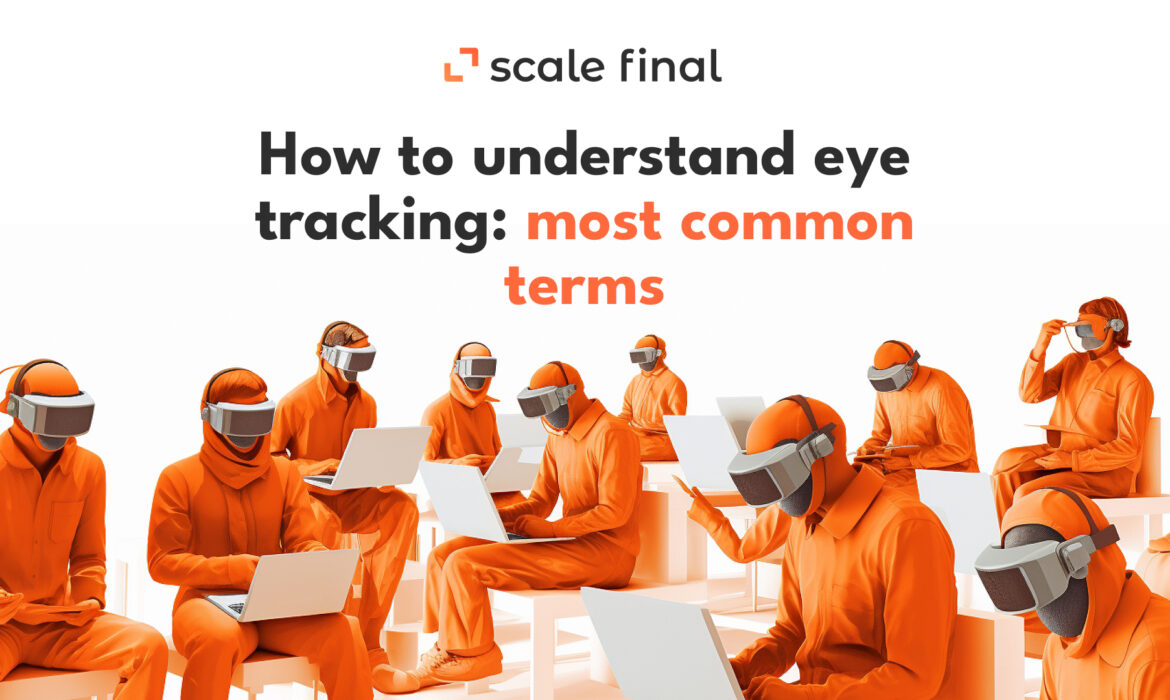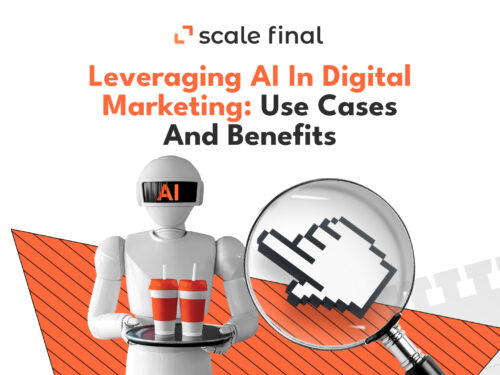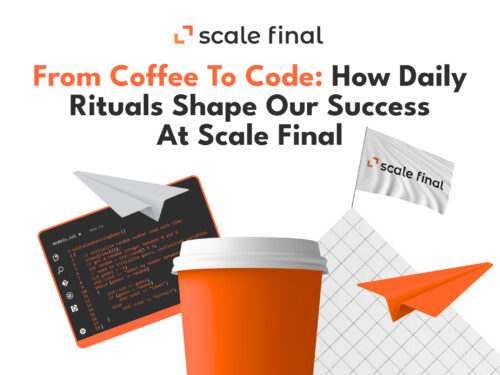Home • Blog • How to understand eye tracking: most common terms
How to understand eye tracking: most common terms
To understand eye tracking, you don’t need to take anyone’s word for it.
Eye tracking terms are complex, but we’ve broken them as simply as possible so that you can make your assumption.
Although we explain in our reports in words and graphically what and how we measure, it’s not too much to understand before ordering whether specific metrics are worthy of your attention.
If you missed our eye tracking guide, we suggest you read it before this one: Leveraging AI eye tracking for effective marketing: what you need to know
Below you’ll find the most common eye tracking terms and, more importantly, what you need them for.
1. Gaze points and fixations
Gaze points are the areas eyes land. Fixations are clusters of gaze points that are close together and eyes sit on them for some time.
Why did we decide to put two terms into one section? Although both are the basic metrics of any eye tracking study, gaze is more raw data about what exactly a user is looking at, while fixations may give you insights on why they’re paying attention to it.
Why are they important?

Gaze points:
- Gather first impression data: you can quickly figure out what catches your users attention first.
- Track gaze movements: If you’ve always wondered how users navigate through your site, this is a great solution.
Fixations:
- Understand engagement: since fixations occur when users processing information, they can indicate which elements of the site are most engaging.
- Assess clarity (!): When users are fixated on certain areas for a longer period of time, they may have difficulty understanding something.
2. Heatmaps
We explained heatmaps in a general post about eye tracking (link is above). A brief summary: It’s a color-coded visual representation of fixation areas. Warm colors – red and orange are where the most attention, cold colors – green and blue – the least.
Why is it important?

- Recognize points of interest: you can tell which elements stand out: Images, headlines, calls- to action, or other things.
- Spot design weaknesses: If users stare more often at unimportant areas, they’re likely to miss important elements altogether.
- Evaluate content: you’d would choose which type of content works best: Text, images, videos, or interactive elements. This can influence your content strategy.
Heatmaps provide an overall view of your website and are really fun to decipher. Gaze points and fixations, on the other hand, provide detailed insights into user attention.
3. Dwell time
A familiar term from CRO and SEO, but in eye tracking it means something different. Dwell time calculates how much time one spends looking at certain areas/elements. This includes the fixation with which one looks at certain elements, as well as the time they switch attention between fixations.
Why is it important?

- Evaluate engagement: a longer dwell time tells you that your audience is engaged with the content.
- Review design: if they spend very little time looking at important elements (like a call-to-action or important product info), this can be a problem.
- Provide clarity: If you place elements that should be clear and simple in such a way that your users stare at them for a long time, they may have difficulty understanding them.
4. Area of interest (AOI)
Area of Interest (AOI) is an area you want to target for analysis. It can be specific parts of a web page, product, ad, or any other visual element you want to use to measure user interaction. This metric is best for comparing data for different AOIs.
Why is it important?

Why should you choose Scale Final AI eye tracking CRO reports?
Understanding these key eye tracking terms can help improve user experience, optimize design, and increase engagement on your website.
With this data from gaze points, fixations, heatmaps, dwell time, and areas of interest, you can make strategic decisions that align your users’ behavior and preferences with your business goal.

Remember, the goal isn’t just to collect data, but to analyze it effectively and use it to drive positive results.
Contact us today to learn more about how our AI eye tracking CRO reports can help you achieve that goal.
Author
-
 ScaleFinal Content Writer
ScaleFinal Content WriterExperienced writer in different domains. I package meaning into words and bring people together. Know how to convey the vision and values of a product in writing. I like reading, movies, sports and blockchain.
View all posts






